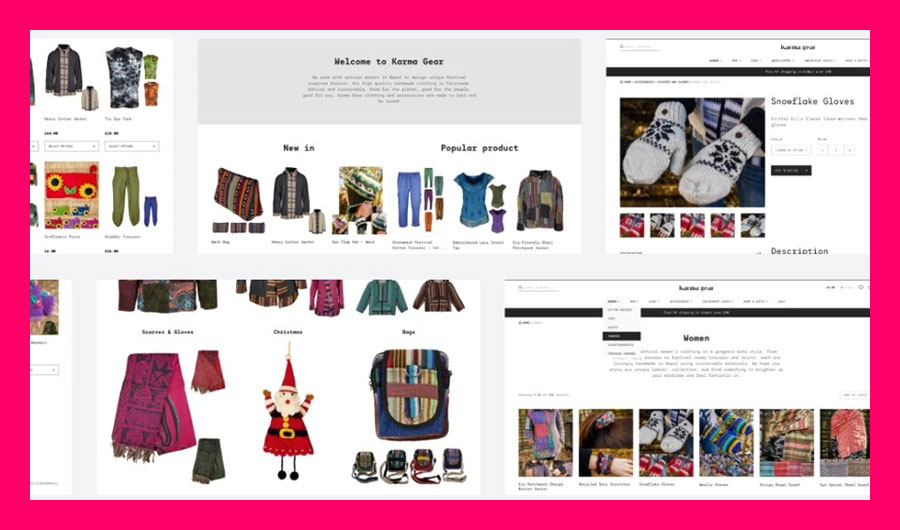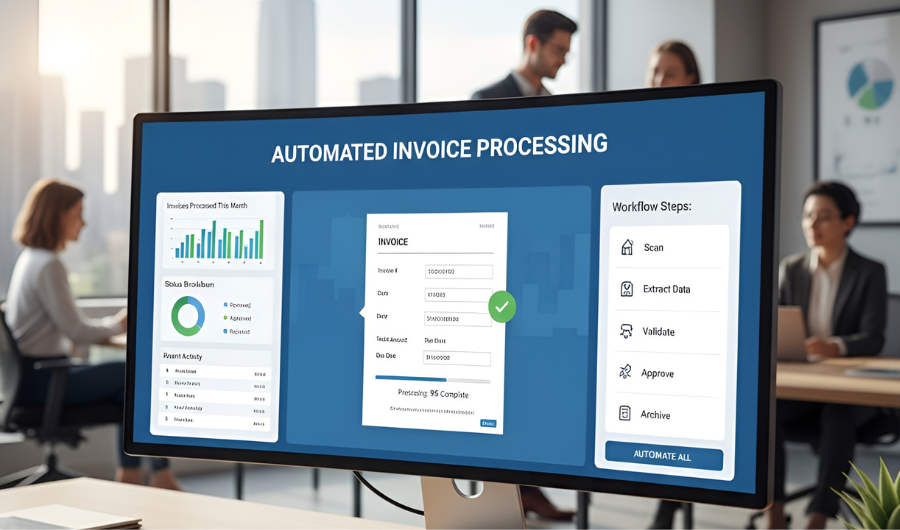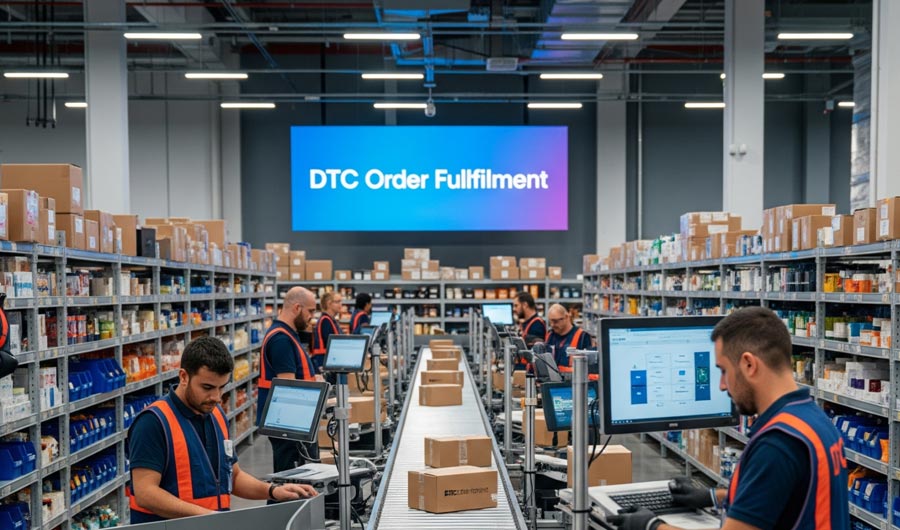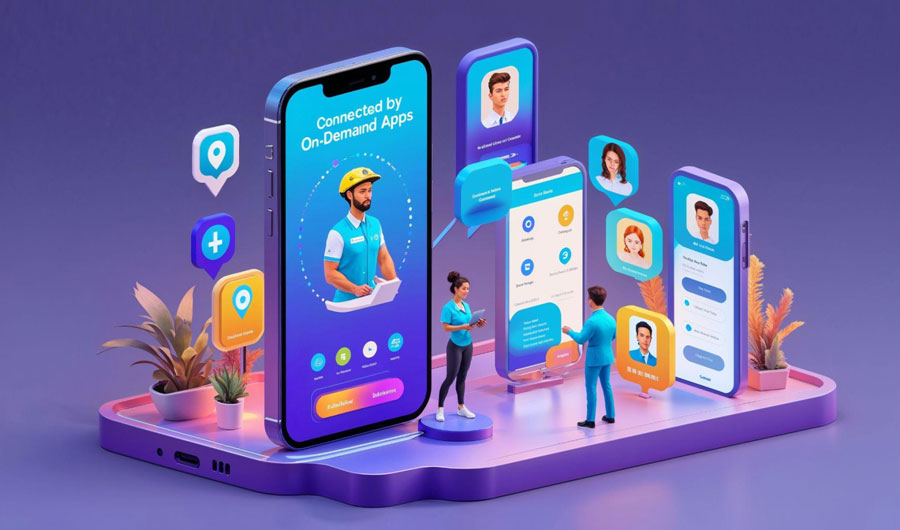
5 Tips on How to Improve Blog Visuals
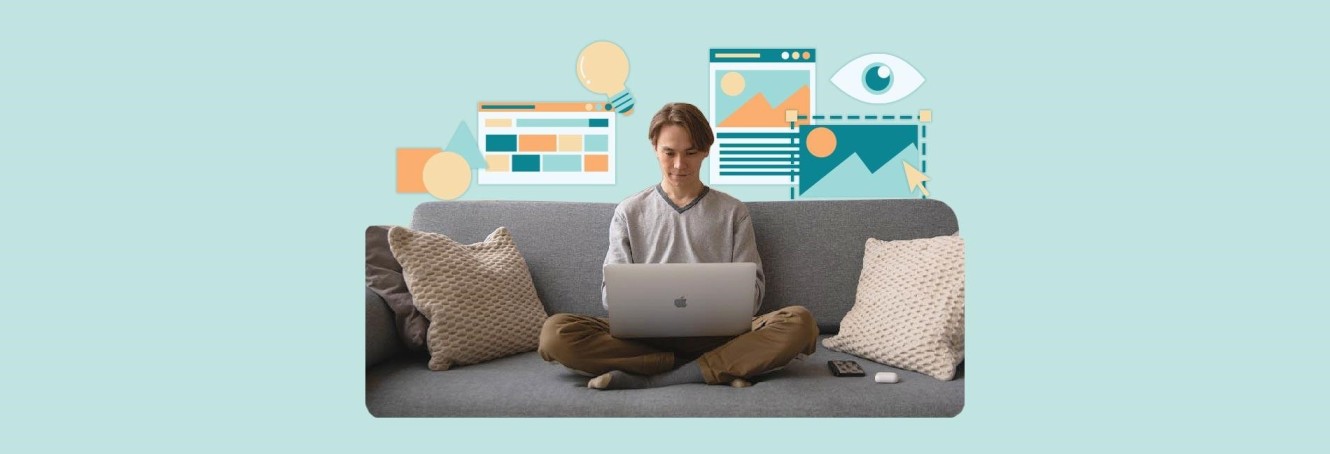
Visual content is crucial for effective blogging, improving reader engagement and comprehension. It’s estimated that all articles with visually appealing photographs receive 94% more views than those without. Incorporating eye-catching visuals like photos, infographics, and videos enhances aesthetic appeal and breaks up lengthy text passages for readers.
Custom themes and well-edited photos are essential for a blog’s professionalism. High-quality graphics not only draw readers in but also improve information delivery. Custom designs provide a distinctive look, helping blogs stand out and reinforce their identity. By strategically utilizing blog graphic design, bloggers can enhance user experience, build authority, and generate more traffic and interaction.
The article aims to assist bloggers in utilizing tools like Removal.AI to improve their graphic design elements and workflow efficiency. By offering actionable guidance, it helps bloggers create visually striking content that resonates with their audience, ultimately boosting traffic and interaction. Incorporating effective blog graphic design strategies is vital in the competitive online space, and this article equips bloggers with the necessary tools to elevate their blogging efforts.
Here are some graphic design tips that can help you improve your blog visuals to attract more audiences:
TIP 1: Choose High-Quality Images

picjumbo | Pexels
A. Importance of Image Quality in Capturing Reader Attention.
When it comes to drawing readers in and encouraging interaction with blog posts, image quality is crucial. Superior graphics not only improve the content’s visual appeal by adding visual elements, but they also make a big difference in the user’s experience. Bloggers may boost reader engagement and promote extended involvement with their posts by including visually appealing photos that are clear, sharp, and pertinent to the subject. Moreover, high-quality photos can communicate information more effectively, which helps the viewer understand and remember the content’s message. To optimize the influence of their visual content and give their audience a more immersive and engaging experience, bloggers must prioritize the quality of their images.
B. Selecting Images Relevant to Blog Content.
Selecting photos that are relevant to the blog post’s topic is essential if you want to improve its aesthetic appeal and increase reader engagement. Bloggers who choose images that are directly relevant to the topics they cover in their posts might engage readers more fully. Reiterating key concepts and points with pertinent pictures also helps the audience understand and retain the information. This deliberate choice of photos improves the blog’s overall aesthetic appeal and forges closer bonds with readers, all of which promote increased reader interaction and a more positive response to the content.
C. Utilizing Removal.AI for Background Removal to Enhance Visual Appeal.
One useful tip for improving blog post visual appeal and reader engagement is to use Removal.AI as your background remover application. Bloggers can guarantee that their photographs stand out by skillfully removing distracting backgrounds, which will give their content a more polished and professional appearance. By eliminating the background from the photographs, the visuals are enhanced and become more visually appealing and fascinating for the viewer. Additionally, readers are more likely to become engrossed in the text when the images are clear and concise, which boosts reader engagement and improves the whole experience. By incorporating Removal.AI into the blog graphic design process, writers may produce aesthetically attractive content that efficiently draws in and holds readers’ attention.
TIP 2: Optimize Image Formatting and Placement

George Milton | Pexels
A. Proper Sizing and Formatting for Web Optimization.
For websites to be optimized, formatting and sizing must be done correctly. This guarantees you visual enhancement and keeps readers interested until the end. Besides, bloggers can speed up page loads and improve user experience by making sure photos are formatted and scaled correctly for the web. Faster loading times for optimized photos avoid annoying lags that can discourage users from interacting with the material. The blog’s aesthetic appeal is further enhanced with appropriately sized and styled photographs, which result in a visually appealing layout that promotes extended interaction. In addition to enhancing the website’s overall appearance and feel, this attention to detail is essential for drawing in and holding readers’ interest, which in turn promotes engagement among readers and a more favorable reaction to the content.
B. Strategic Placement of Images to Break Up Text.
Using graphics in a blog post strategically can help break up the content and increase reader engagement. Bloggers can create visual breaks that break up lengthy text passages and make the information simpler to read and visually appealing by incorporating pertinent photos throughout their writing. Aside from providing background for the story, well-placed photos can also serve to emphasize important points, keep readers interested, and entice them to read on. This deliberate approach to image arrangement makes the blog article easier to read overall and gives readers a more engaging and pleasurable reading experience.
C. Using Removal.AI to Create Clean Images for Seamless Integration.
A helpful application for producing clear photos that fit into blog posts naturally is Removal.AI. Bloggers may effectively remove bg distractions and draw the viewer’s attention to the image’s main subject by utilizing its background removal skills. By ensuring that the photographs mix in perfectly with the surrounding text, this procedure improves the blog post’s overall aesthetic appeal. Removal.AI helps writers keep a consistent visual tone throughout their work, promoting a professional look and increasing reader engagement through the creation of polished and clean pictures.
TIP 3: Incorporate Custom Designs and Graphics

Tony Schnagl | Pexels
A. Enhancing Visual Appeal with Custom Graphics and Designs.
Using unique visuals and designs to improve visual appeal is a powerful way to draw readers in and differentiate blog material. Bloggers can carve out a distinct identity and make an impression on readers by utilizing custom graphics that are matched to the blog’s topic and content. Personalized graphics improve readability and retention by engagingly communicating information and boosting the visual appeal of the text. Whether in the form of graphics, charts, or infographics, these unique components provide the blog with more depth and individuality while strengthening ties with readers and promoting extended interaction.
B. Tools for Creating Custom Designs (e.g., Canva, Removal.AI, Adobe Spark).
Custom designs that improve visual appeal and boost reader engagement with blog material may be made with great ease using Canva and Adobe Spark, among other tools. These platforms enable bloggers to easily create professional-quality graphics even without substantial graphic design skills, thanks to their user-friendly interfaces and abundance of themes. Bloggers can successfully communicate their message and match their brand identity with their designs by utilizing configurable features like layouts, fonts, and colors. These tools also come with features like stock images, icons, and premade graphics, which make it simple for bloggers to include eye-catching components in their writing.
TIP 4: Maintain Consistency in Visual Style

Edmond Dantès | Pexels
A. Establishing a Visual Brand Identity for Your Blog.
You can’t have a consistent online presence for your blog without a visual brand identity. Bloggers can differentiate themselves from the competition and appeal to their public by using standardized visual components like fonts, colors, and photos. Every element of the visual identity, including the blog’s layout, social media photos, and promotional materials, should convey the blog’s distinct character and guiding ideas. Maintaining consistent visual branding helps build blog awareness and trust, strengthens the blog’s identity, and facilitates visitor interaction with the material. Therefore, bloggers may effectively convey their message, develop a devoted audience, and make a lasting impression on their audience by carefully creating a visual brand identity.
B. Consistent Use of Colors, Fonts, and Styles.
Applying colors, fonts, and styles consistently is essential to creating a unified and identifiable brand identity for your site. A consistent visual experience may be produced by bloggers by using a distinctive color scheme, font, and design features in every part of their content—from social network visuals to website layouts. In addition to improving brand recognition, this consistency builds credibility and trust among the target audience. Maintaining consistency in visual components, whether it be through a bright and colorful color scheme or a minimal design with elegant typography, helps to establish a distinctive and effective brand presence in the online arena for the blog.
TIP 5: Experiment with Visual Storytelling Techniques
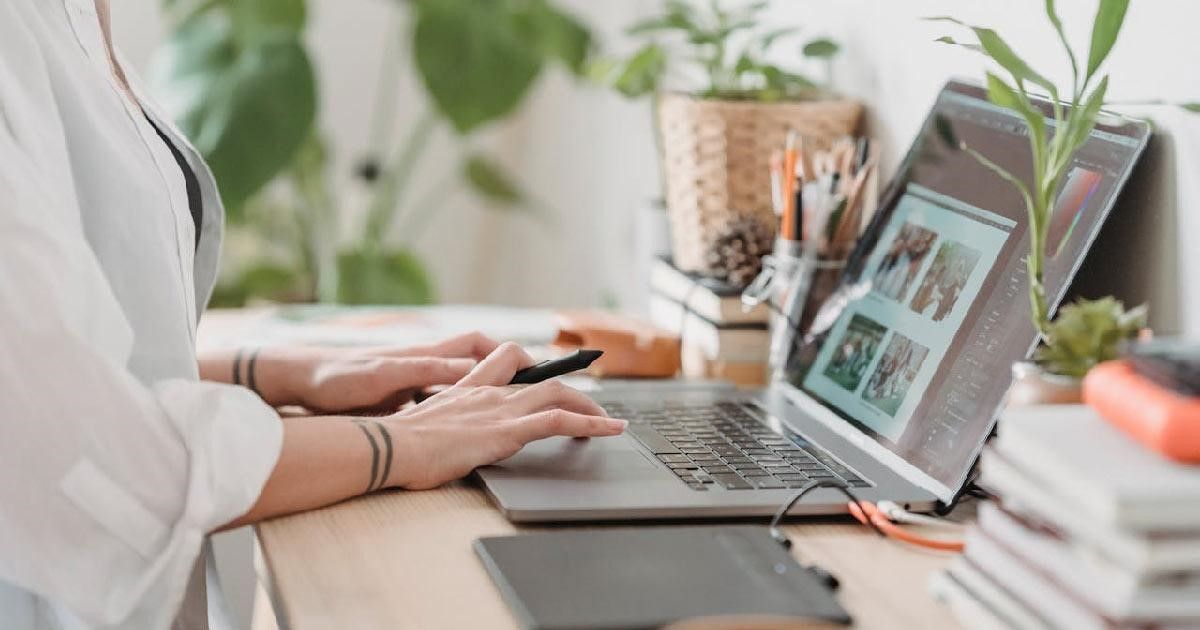
George Milton | Pexels
A. Using Images to Tell a Story or Convey Emotion.
Your blog post will have more depth and resonance if you use photographs to tell a story or evoke a feeling. Visuals are more than just decoration; they are effective narrative instruments that may arouse curiosity, foster empathy, and reinforce your point. You may provide your readers a more engaging and memorable experience by choosing photos that go well with your written material and elicit the desired feelings. Moreover, the integration of varied visual aids like infographics, charts, and memes can augment comprehension and interaction while accommodating varying learning inclinations and styles. In general, utilizing the creative potential of images enhances your blog’s impact and efficacy and helps you build stronger relationships with your readers.
B. Incorporating Infographics, Charts, and Visual Elements.
Putting charts, infographics, and other visual components into your blog post is a smart way to improve the visual appeal and draw readers in. Infographics and charts are an efficient way to draw in readers and communicate important ideas because they provide complex information in a clear, visually appealing manner. In addition to breaking up the text, these visual aids improve understanding and memory by offering important context and support for the textual content. Furthermore, incorporating a range of graphic components gives the blog more variation and intrigue, which keeps visitors interested and motivates them to read the rest of the information. Bloggers may create an immersive and engaging experience for their audience by strategically incorporating infographics, charts, and other visual elements. This will ultimately improve viewership and establish a stronger connection with the information.
Conclusion

Bich Tran | Pexels
To sum up, developing your blog graphic design skills is essential if you want to draw in readers and increase reader engagement. Bloggers may greatly improve the visual appeal of their material and give their audience a more engaging and memorable experience by putting a few strategic strategies into practice. Indeed, a blog can successfully break up material, convey information, and develop a consistent visual identity by strategically using pertinent photos, original graphics, and well-edited visuals. After all, programs such as Removal.AI are extremely useful in preserving uniformity across photos, guaranteeing clear backgrounds and a smooth transition into the blog’s layout.
Author Bio
Vy, Removal.AI
Vy is a content writer for Removal.AI– an AI tool used to remove bg from images for social media, eCommerce, web, app development, and marketing automation. She loves to share her insights about tech, AI, and marketing.


